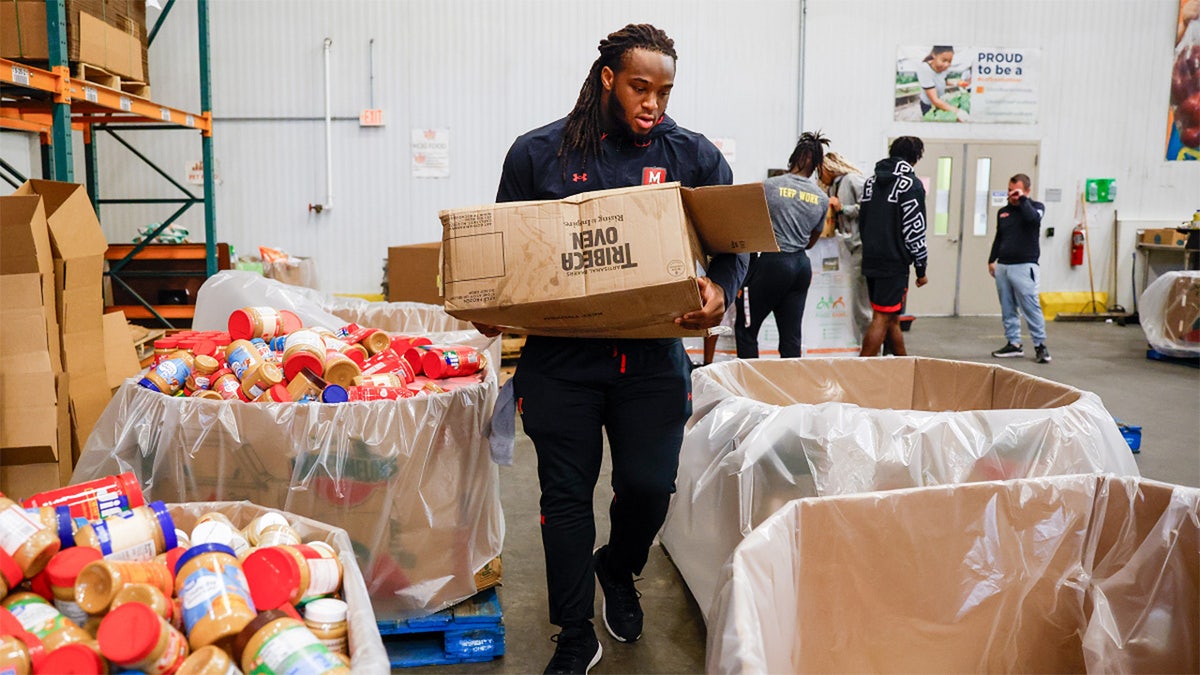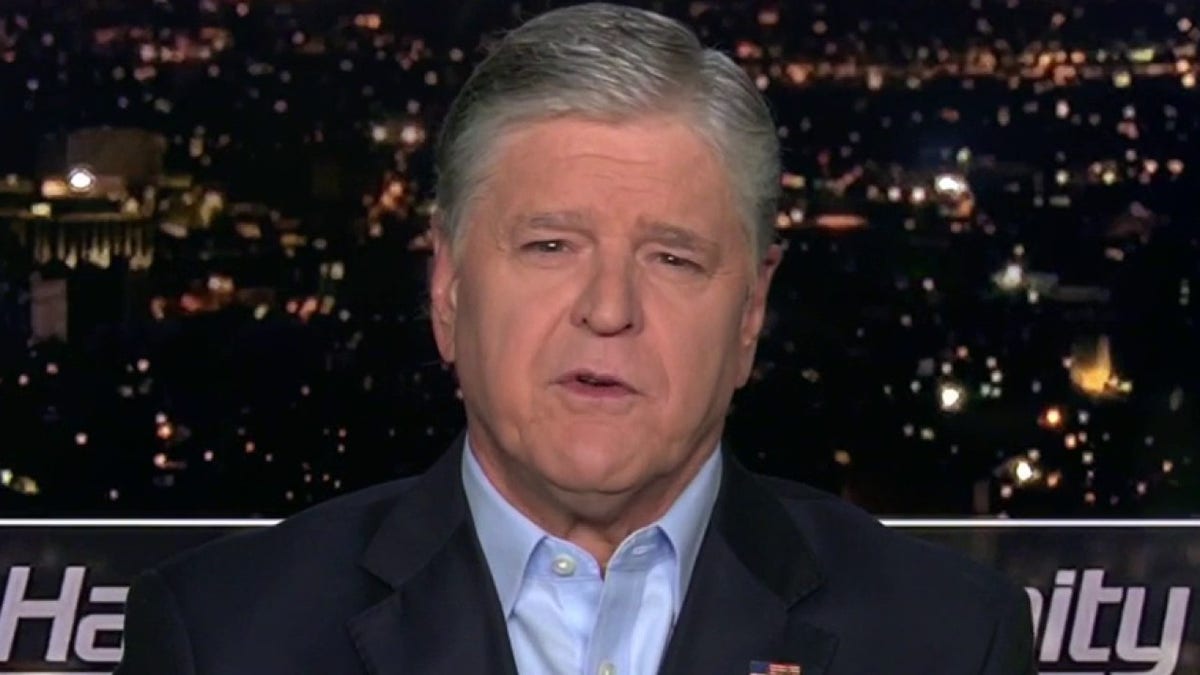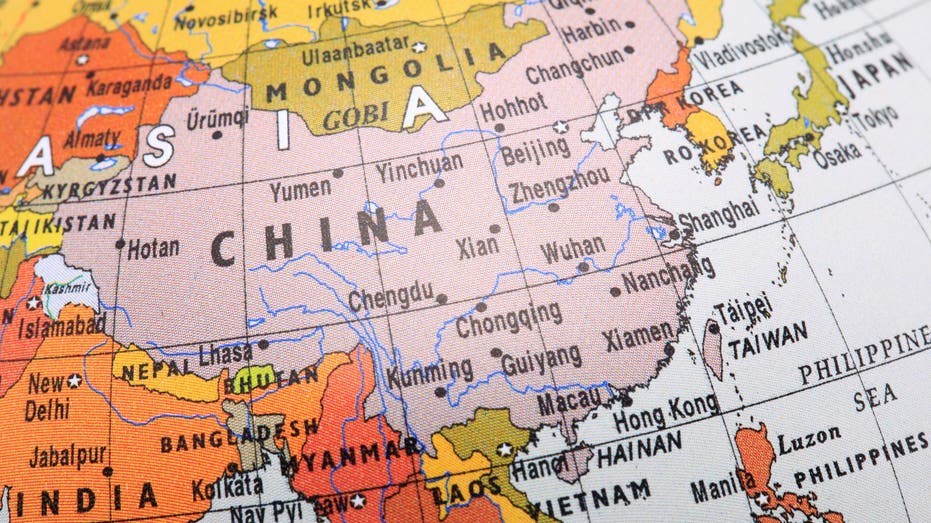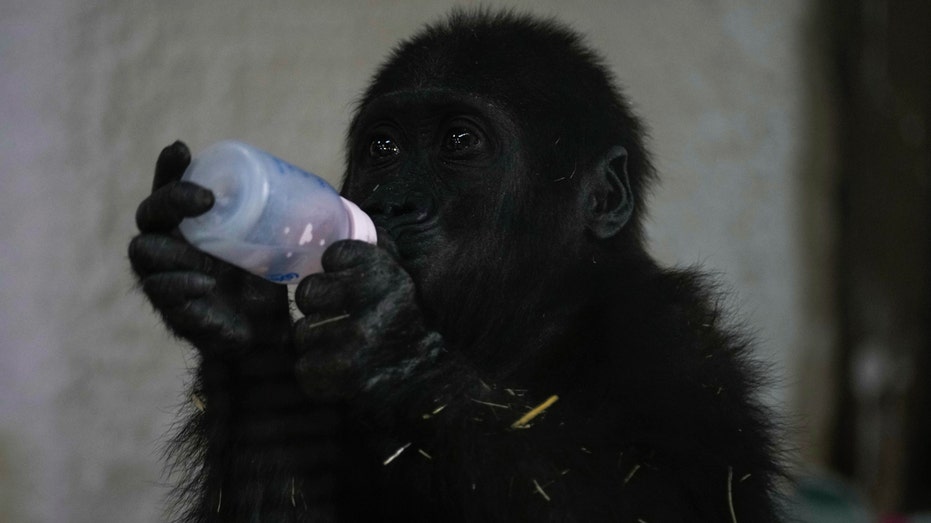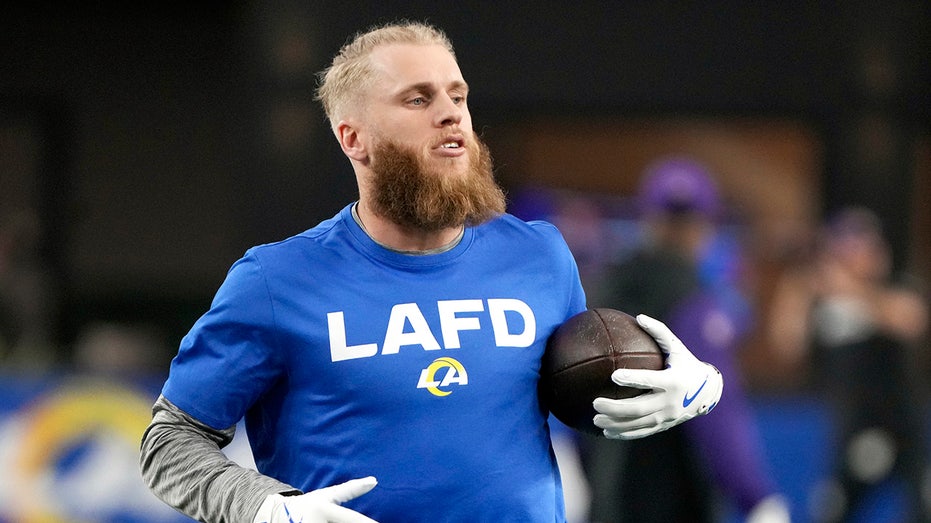The NIL market is expected to be worth around $1.7 Billion in the 2024-2025 season according to Opendorse. $1.1 billion of that is going to college football. Men’s basketball players earned around $389 million. Women’s basketball players received around $75 million. Olympic athletes have generated around $134 million dollars. The money making began back in July 2021, when the Supreme Court ruled the NCAA could not prevent student athletes from profiting by their name, image and likeness. Since the decision, the legal fights have continued between the NCAA and state legislatures.”It’s been really interesting to watch the competitive balance between the states,” Rob Sine said, CEO of Blueprint Sports. “Tennessee is more aggressive, Florida wants to get more aggressive, and then Texas wants to get more aggressive. More state laws are passed and repealed and then passed again.”Blueprint Sports oversees several high-profile collectives across the country. Boosters, individual donors and businesses often choose to fund collectives which then pay athletes for appearances or endorsements. The groups are estimated to control around 80% of the NIL Market.COLORADO SKI RESORT GONDOLA MALFUNCTIONS, 174 RESCUED”The schools are already spread so thin. So, for a professional services unit, they’re happy to know that, hey, we’ll put staff on campus, that will represent them and the student athletes,” Sine said. “The collective as a marketing agency, we’ll handle all the operations, we’ll provide that third party arm for athletic departments where we can do negotiations with agents, we can do negotiations with athletes we can handle if an athlete enters the transfer portal, terminating the contract, or things like that.”Blueprint Sports oversees collectives from across the country, including NC State’s One Pack NIL, Colorado’s 5430 Alliance, Pennsylvania’s Happy Valley United and Arkansas’ Arkansas Edge.”Pennsylvania has different rules than Arkansas does or than North Carolina does,” Sine said. “The NCAA guidelines are there to be exactly what is, set guidelines. Then you have to follow the state law in certain areas.” The first guidance from the NCAA in 2021 aligned with the Supreme Court decision. Athletes could be paid if state law allowed. The rules did attempt to prevent schools from using NIL money to recruit athletes.”It was a lot easier,” Sen. Tommy Tuberville R-Ala. said referencing how NIL laws have changed the recruiting process in recent years. “There’s really no recruiting now. It’s buying. It’s totally different.”Before Tuberville was elected to the senate, he coached at Ole Miss, Auburn, Texas Tech and Cincinnati. He has since co-sponsored NIL legislation alongside Sen. Joe Manchin I-W.V. He plans to reintroduce or modify the Protecting Athletes, Schools and Sports Act (PASS Act) alongside a democrat in the next congress.”In football and basketball, it’s whoever’s got the most money,” Tuberville said.California signed the first state NIL law in 2019. Several others began to follow suit. Eventually, legislatures began passing laws to circumvent NCAA guidance, to allow NIL money to be used for recruiting.WEIRD LAWS IN COLORADO, INCLUDING ONE AGAINST THROWING SNOWBALLS”Over the years, the money’s gotten higher and higher and the student athletes are going, wait a minute, you know, why don’t we get some of that money? Why don’t we share in the revenue?” Tuberville said.Tuberville says collectives have too much influence and that legislation like the PASS Act would help level the playing field. But collectives disagree.”I don’t think the federal government is the way to do it. I think it creates a whole lot more complications,” Sine said. “I’ve watched those hearings before and there’s not a lot of direction and bright ideas coming out of it. There’s been a lot of drafts of bills. I think it’ll be hard for them to get anything passed.”Not all university officials believe the federal government should stay out of the NIL debate.”This is a free market economy. We live in the greatest country in the world. And I think it’s great that our student athletes are now finally being able to be compensated for what they’re worth But we need national standards in college sports. Every coach needs to know that when that ball gets tipped off, we’re all playing by the same rules. And right now, we’re not,” Auburn Men’s Basketball Coach Bruce Pearl said.Initial laws in Alabama and South Carolina reflected NCAA guidance that prevented using NIL money for recruitment. Other states began to pass laws that strayed from that guidance and allowed loopholes for third party donors to promise money for potential student athletes. That prompted the NCAA to shift its stance. In 2022, the Division 1 Board of Directors clarified that schools could request donors to provide funds for collectives, as long as those were not directed to a specific sport or athlete. “Back in the day it was about graduation rates, or it was about, can you help me get to the NBA? Are we going to win championships? What’s the culture of the program like? Those things were more important to parents,” Pearl said. “Now it’s become way more transactional. What is my market value? How much will I get if I go to that school? And of course, everybody’s playing with a different budget right now. And that’s what makes it somewhat unfair.”The updated NCAA guidance prompted Alabama and South Carolina to repeal initial NIL laws. Both states determined that other schools had more opportunities to recruit better players. “It did give us a little bit more freedom,” Pearl sad. “We’d like for conferences and the people that are guiding our programs to be able to be empowered. Right now, everything goes to the courts. They lose every lawsuit.”Texas passed its legislation in 2023, which strayed from NCAA guidance in allowing donations for specific sports. The law also permits perks and benefits for fans who donate to NIL collectives. A clause also made it illegal for the NCAA to punish a school for taking full advantage of NIL.”A lot of people began to find a gray area. And so, donors or other organizations around the country were looking at this going, okay, well we’re going to raise, instead of $100,000, we’re going to raise $2 million or we’re going to raise $20 million and we’re going to really begin to build this and create a very competitive advantage because nobody’s telling us we can’t,” Sine said.PRAISE POURS IN FOR QUICK-THINKING SECOND GRADER WHO SAVED CLASSMATE’S LIFENew transfer portal rules have increased competition to find better players and pay out more money. A couple of months before the Supreme Court issued its NIL decision, the NCAA updated its transfer portal policy, allowing Division I athletes a on-time opportunity to transfer and compete immediately.Originally, an athlete could transfer schools, but needed to sit out a year before playing, unless granted a waiver by the NCAA. In 2024, the association updated its guidance to allow for unlimited transfers as long as the athletes met certain academic eligibility requirements.”Marshall University’s football team, almost every one of them transferred. They had to drop out of a bowl game,” Tuberville said. “Their coach left and they followed them.”Marshall was set to face Army in the Radiance Technologies Independence Bowl. Instead, dozens of Marshall athletes entered the transfer portal. Army will now face Louisiana Tech instead. “I understand families being in a situation where they may never make more money than they’re making right now. And so that’s what they’re being guided by. We’re teaching kids to flee, not fight.”UNLV Quarterback Matthew Sluka announced in September he would enter the transfer portal for a second time in his college career. Sluka’s agent said a $100,000 NIL payment was never fulfilled after he agreed to transfer to UNLV.”Graduation rates have been destroyed because the combination of NIL and the transfer portal working together, these guys are free agents,” Pearl sad. “In some cases the money can be significant.” State laws also differ on who can represent student athletes. In 2019, the Uniform Law Commission recommended states adopt the Uniform Athletes Agents Act. It allowed student athletes to hire agents with the intent of protecting them from unfair practices. At least 39 states have adopted the law but it has no mention of NIL. Some legislatures have added agent clauses to state laws.”Players have agents, they have lawyers, they have accountants. That’s what we fought against for many, many years. Don’t sign with agents. Keep them out of your life. But college football, college sports have grown.” The NCAA will now allow universities to pay players directly, in addition to what they are already receiving through scholarships and third-party payments. Each school has a cap of up to $20.5 million across all sports. Schools are already directing most of that to football programs.”We’re going to lose a lot of football programs, basketball programs and women’s sports if we don’t come up with some kind of solution. The NCAA has got to work with us,” Tuberville said. “There’s really not a lot of answers when you got so many hands in the pie and everybody wants it their way.”
